Nanoparticles at the Blood-Brain Barrier
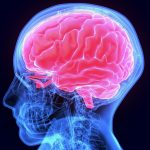
The blood-brain barrier separates the vascular system from the brain and is formed by endothelial cells which are enclosing the brain capillary blood vessels. Under normal circumstances this barrier is impermeable to nanoparticles. The cellular barrier, which separates the brain from the vascular system, is formed by endothelial cells [1]. Our capillary blood vessels are […]
Read moreNanoparticles and the olfactory mucous membrane
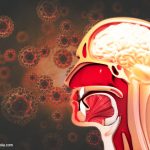
In mammals the olfactory mucous membrane is located in the upper part of the nose, called the nasal roof. In this area the inhaled air passes by free nerve endings that are able to sense various molecules in the air, thus functions our sense of smell. Randomly molecules and particles may have contact with these […]
Read moreNanoparticles and the lung
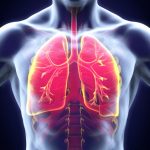
The air-blood barrier is a structure present in the lungs that controls gas exchange by means of pressure and concentration gradients. However, all other foreign material in our breathing air will be inhaled too if it is small enough, such as bacteria, viruses including nanomaterials. With this being a very thin barrier, the chance for […]
Read moreNanoparticles and the Skin
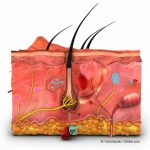
The skin is the body’s largest organ and protects the body against diseases caused by organisms, toxic chemicals, and mechanical damage. Nanoparticles are neither able to easily penetrate intact skin nor through superficial injuries within the skin. Low level mechanical stresses applied to the skin are buffered by a layer called the stratum corneum. Secretion […]
Read moreNanoparticles and the Immune System
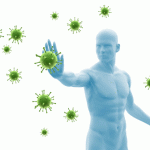
The immune system recognizes both self and non-self-entities. When non-self agents are recognized, like nanoparticles, immune cells decide whether they constitute a danger or not. If the body recognizes non-self and considers it dangerous, the immune system responds with inflammation. In the case of pathogens which induce disease, they are confined to a local site, […]
Read moreNanoparticles and the Gastro-Intestinal Tract
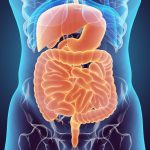
Our gastro-intestinal tract is highly specialised for the uptake of different materials (food), their digestion, and the delivery of the nutrients via the blood to the organs. There is also the possibility for nanomaterials to cross the gastro-intestinal tract barrier. However, this only relates to a very small amount of nanomaterials that are considered to […]
Read moreHow does the body eliminate nanoparticles?
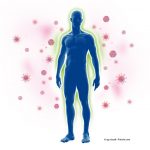
Nanoparticles that are present in the body (i.e. after injection) are largely taken up and eliminated by the so called reticulohistocytic system (RHS). The function of the RHS is the inactivation and elimination of dead cells, bacteria, viruses, and infiltrated small particulates. Nanoparticles also belong to these “infiltrates”. The reticulohistocytic system is also named reticuloendothelial […]
Read moreNanoparticles at the placental barrier
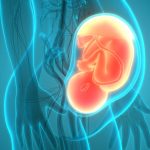
The placenta is an important tissue barrier that separates the unborn child from the mother. The foetus is totally dependent on proper functioning of the placenta during its development as it is fed and protected by the unique physiology and structural complexity of this organ. As nutrients and oxygen have to penetrate to the foetus, […]
Read more >
>